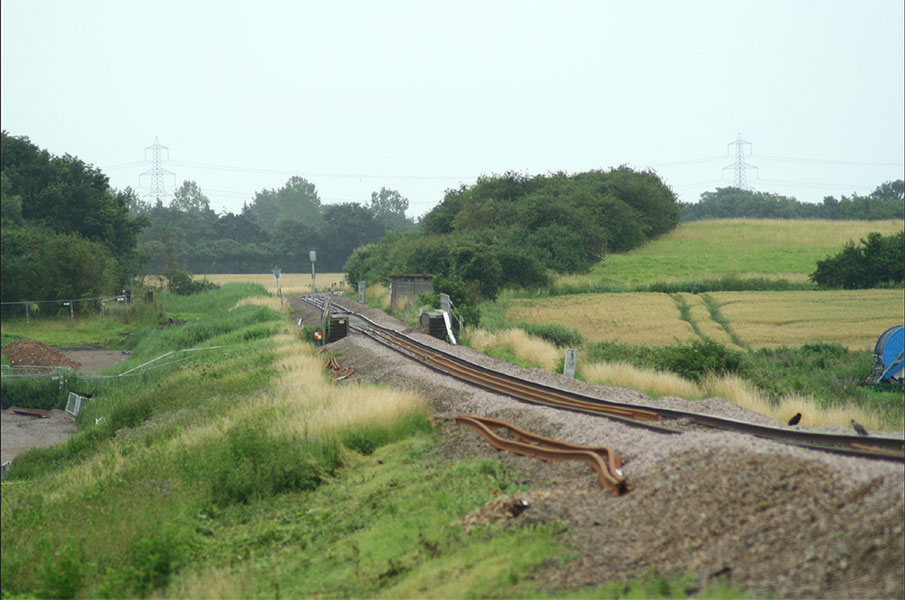
Presentation to Westminster Policy Forum 13 December 2018
INTRODUCTION
Delivering the full benefit of the corridor – linking development with other regions, Phil Smart.
Environment and Transport Portfolio, Ipswich Borough Council
Member of the East West Rail Consortium Members Board
Today I will preview the consortium’s Eastern Section Prospectus which challenges any notion that this railway will be complete when the section from Bedford to Cambridge is built.
By investing now in the ‘Eastern Section’ and making it ‘Central Section Ready’, we spread the economic benefit of ‘East West Rail’ across FIVE regions giving it national significance. So let me take these in turn.
Martin Tugwell has already covered the ‘Economic Heartland’, so I will make just two points about Cambridge.
- Cambridge is overheating. Its housing market forces more people to commute from beyond its boundaries, yet this is virtually impossible from the east other than by car. The single line between Cambridge and Newmarket (for example) limits capacity to one train an hour. Serving all stops on the route it takes 75 minutes for the 55 miles from Ipswich. No match for the A14!
- Cambridge is a ‘through’ station. Making it the eastern terminus for East-West Rail as well as the Northern terminus for ‘Thameslink’ is inviting performance risk.
Station dwell times, limited platform capacity and the number of conflicting moves will all conspire to generate delay minutes and transmit these between the two groups of services.
East-West services should therefore extend beyond Cambridge and terminate at both Ipswich and at Norwich every hour. Which brings me to….
East Anglia: the fastest growing region in the UK, it makes net payments to the treasury.
Yet access to it by rail is only possible via London or Lincolnshire. (*NB Stamford and Grantham are both in Lincolnshire!)
Many people just give up and go by car!
Within the region too, the main centres of population are poorly connected with one another. The constrained network of single lead junctions and sections of single track only permit one slow train per hour on both the Cambridge to Ipswich and Cambridge to Norwich routes.
Downloadable PDFs
FULL DOCUMENTS:
Presentation to Westminster Policy Forum
Full-script-Westminster-Policy-Forum
